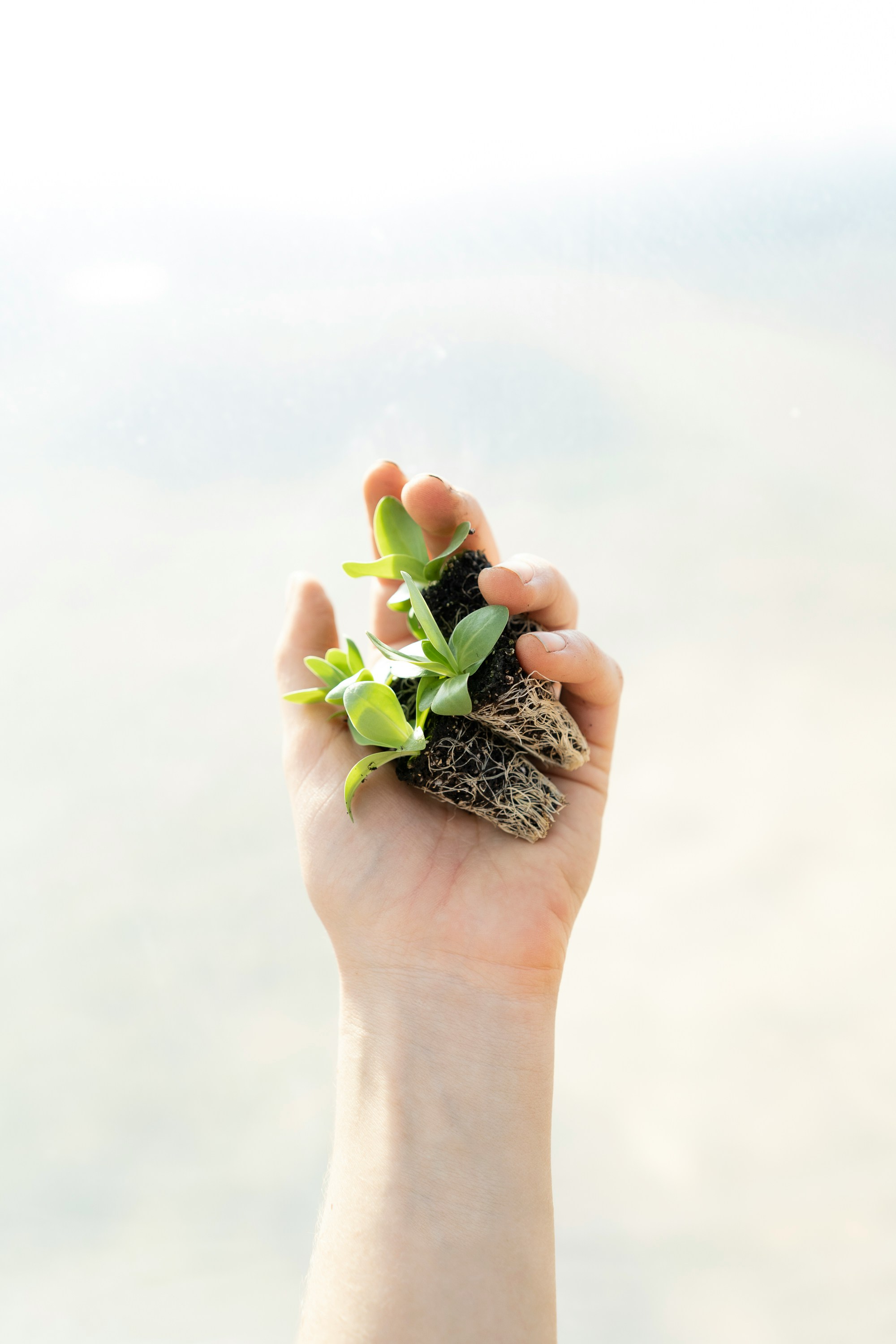Oct 24, 2024
Groasis Waterboxx enhancing Tree Stock for Landscape Use AS 2303:2015 Standards
The Groasis Waterboxx supports plants that have been grown in containers according to the Australian Standards by providing a conducive environment for transitioning container-grown plants to the landscape.

Here's how the Groasis Waterboxx aligns with and enhances the principles of AS 2303:2015
1. Facilitates Successful Outplanting
AS 2303 emphasizes the importance of a healthy, balanced root system that fully occupies the container, ensuring that the plant is ready for transplantation. The Groasis Waterboxx is specifically designed to aid the transition from container to the field by supporting plants as they establish in their new environment.
The Waterboxx conserves water and gradually releases it to the roots, which is particularly beneficial for container-grown plants as they adjust from nursery conditions (often controlled and irrigated) to the more variable conditions of the landscape. This slow-release system helps maintain the moisture level necessary for initial root establishment and reduces transplant shock.
2. Encourages Deep Root Development
One of the key goals of AS 2303 is to ensure that plants have a root system capable of supporting the plant when it is transplanted. The Groasis Waterboxx complements this by encouraging the development of deep roots. It does this through its innovative design, which funnels water deep into the soil and minimizes surface evaporation. This setup encourages roots to grow downward, accessing water stored deeper in the soil and establishing a more robust, stable root structure
For plants grown in accordance with AS 2303 standards, this is particularly beneficial, as the pre-existing healthy root structure developed in the nursery can further expand and strengthen in its natural environment, promoting long-term growth and stability.
3. Supports Plants in Diverse Environmental Conditions
AS 2303 aims to produce nursery stock that is uniform and healthy for various landscapes. However, environmental challenges such as arid soils, high temperatures, and limited water availability can still impede plant establishment post-planting. The Groasis Waterboxx mitigates these issues by creating a microclimate around the plant. It captures dew and rainwater, stores it, and slowly releases it to the roots, ensuring that container-grown plants have access to water even in harsh conditions.
This technology is particularly effective for transitioning plants grown in containers as per AS 2303 standards into difficult environments, where traditional methods might fail due to the lack of consistent water availability.
4. Prevents Root Disturbance During Transplanting
Plants grown according to AS 2303 standards are assessed for a balanced root-to-shoot ratio and for root systems that fill the container volume. However, transplanting these container-grown plants can sometimes disturb or damage roots. The Groasis Waterboxx minimizes this risk by stabilizing the soil around the plant and reducing the need for frequent watering or soil disturbance, allowing the roots to establish without physical interference.
5. Optimises Long-Term Plant Health and Growth
By ensuring water conservation and promoting deep root growth, the Groasis Waterboxx helps container-grown plants transition from the protected nursery environment to the variability of outdoor landscapes, aligning with the AS 2303 goal of producing plants that thrive in landscapes post-planting. This alignment supports the long-term viability and growth of the plants, making the Groasis Waterboxx an effective tool for ensuring that plants grown in compliance with AS 2303 standards can successfully establish and mature in their new environment.
The Groasis Waterboxx is an ideal companion for plants grown in nurseries following AS 2303:2015 standards. It supports the principles of healthy root development and transition to field planting by providing water efficiency, encouraging deep root growth, and protecting roots during the critical establishment phase. This ensures that the investment in high-quality nursery stock is maximized, and the plants have the best chance of thriving post-transplanting.
